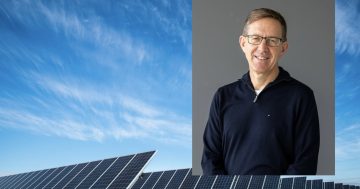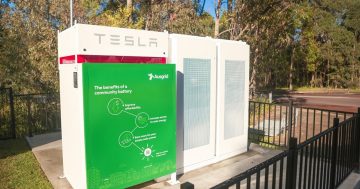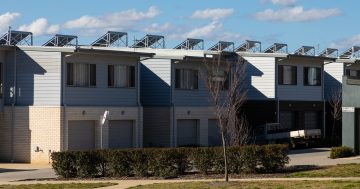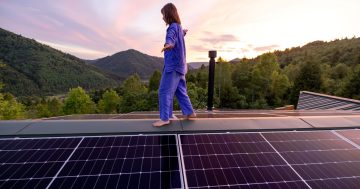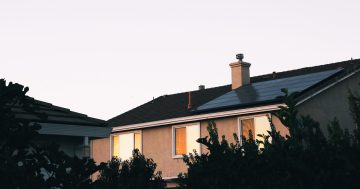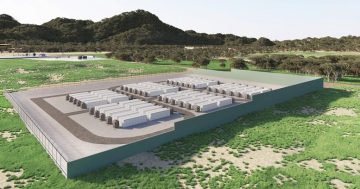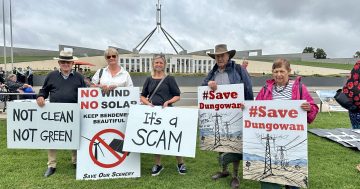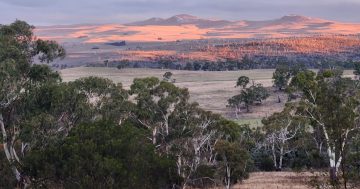
When the wind don’t blow, the power don’t flow (and that’s all you need to know). Photo: Supplied
How many more warnings do we need that we need baseload power sources beyond renewables?
The most dire warning came from NSW Premier Chris Minns. If you looked hard enough.
Last Wednesday (27 November), as temperatures in Sydney neared 40 degrees that day – hardly a unicorn sighting in Australia – Minns made his plea: “We are asking you not to run your dishwasher, not to run your washing machine this afternoon, between 3 and 8, and you’ll be helping the grid.
“We’re hoping that these measures reduce the amount of demand on the energy system over that crucial 3 pm to 8 pm period, and as a result, won’t lead to load shedding or blackouts.”
That was how Minns was reported in The Guardian.
But the news outlet that has a section titled ‘Climate crisis’, in case you mistakenly thought for a second they might report objectively on such issues, left out ‘why’ NSW residents were being asked to switch off their appliances.
For that, you had to look elsewhere.
The Australian – you’re free to speculate on their motive (evil Murdoch blah, blah, blah) – did report the reason NSW residents shouldn’t run appliances during that time.
As Minns continued and The Australian quoted: “The reason for that is that solar production in the energy market starts to come off from 3 pm, at exactly the same time as people return from work.”
That’s kind of important. Unless you’re telling a story, instead of the story.
The reality is renewables don’t work as reliable baseload power. Wishing doesn’t change that.

NSW 28-day power supply average (2 Nov to 30 Nov). Source: Open Electricity.
From about 3 pm, electricity demand rises as people get home from school and work, turn on fans and air conditioners (after all, it was nearing 40), they watch TVs and start cooking on electric stoves (because gas cooking is slowly being banned placing more demand on electricity supplies), and cars are plugged into chargers because we’re being compelled to go electric (see electric stoves), and there’s not enough juice in the system so things go ping.
But that’s why we need batteries, right? Not exactly, because batteries are designed to stabilise the grid, not power it.
Four days before the Minns media conference, Region reported that the $300-400 million Williamsdale Battery Energy Storage System will plug into the ACT electricity grid from early 2026, storing enough renewable energy to power one-third of Canberra for two hours during peak demand. Do some quick maths and you’ll notice that’s not a lot.
And then what happens to the battery after it’s powered one-third of Canberra for two hours during peak demand? It’s spent. It needs to recharge. And when would it do that before it might be needed?
Again, the purpose is not to power Canberra, the purpose is to stop the pinging.
And that’s the problem with the entire climate industrial complex: we’re never told the story because the story is scary. Not about what a changing climate means (which is very unpleasant), but the path we have chosen, especially when it comes to supplying energy.
In the next 15 years, about 8200 MW of coal-fired baseload power in NSW is going to leave the network. Now, look at the pretty chart again and take away all the black bits. That’s what we need to replace. Granted, it’s by no means an ultra-scientific analysis, but you get the gist.
Maybe we can power our cities between 6 am and 3 pm with renewables, and if you have rooftop solar and a battery, you’re certainly ahead of the game. It turns out, in fact, Australia is really good at rooftop solar, but to have a manufacturing sector and a modern city, you need a lot of power and you need it 24/7.
Wishing won’t make it happen, especially when the sun stops shining and the wind stops blowing.












